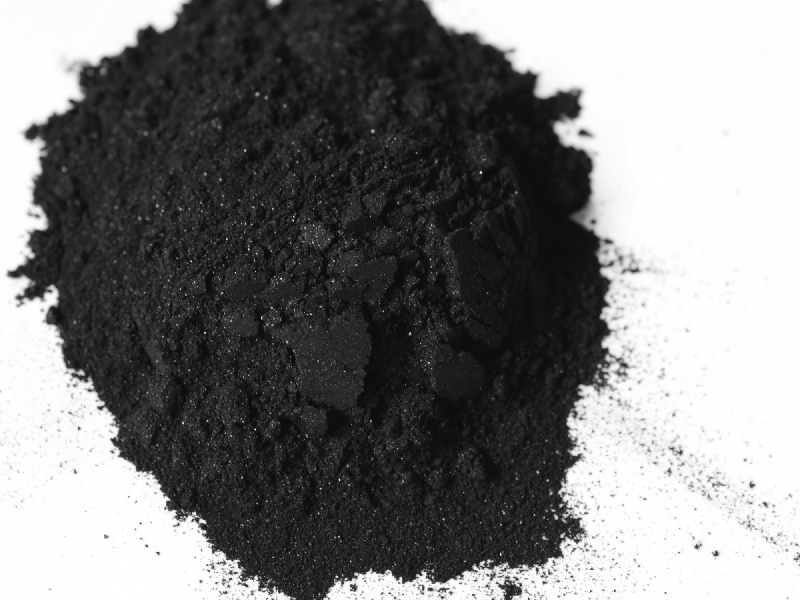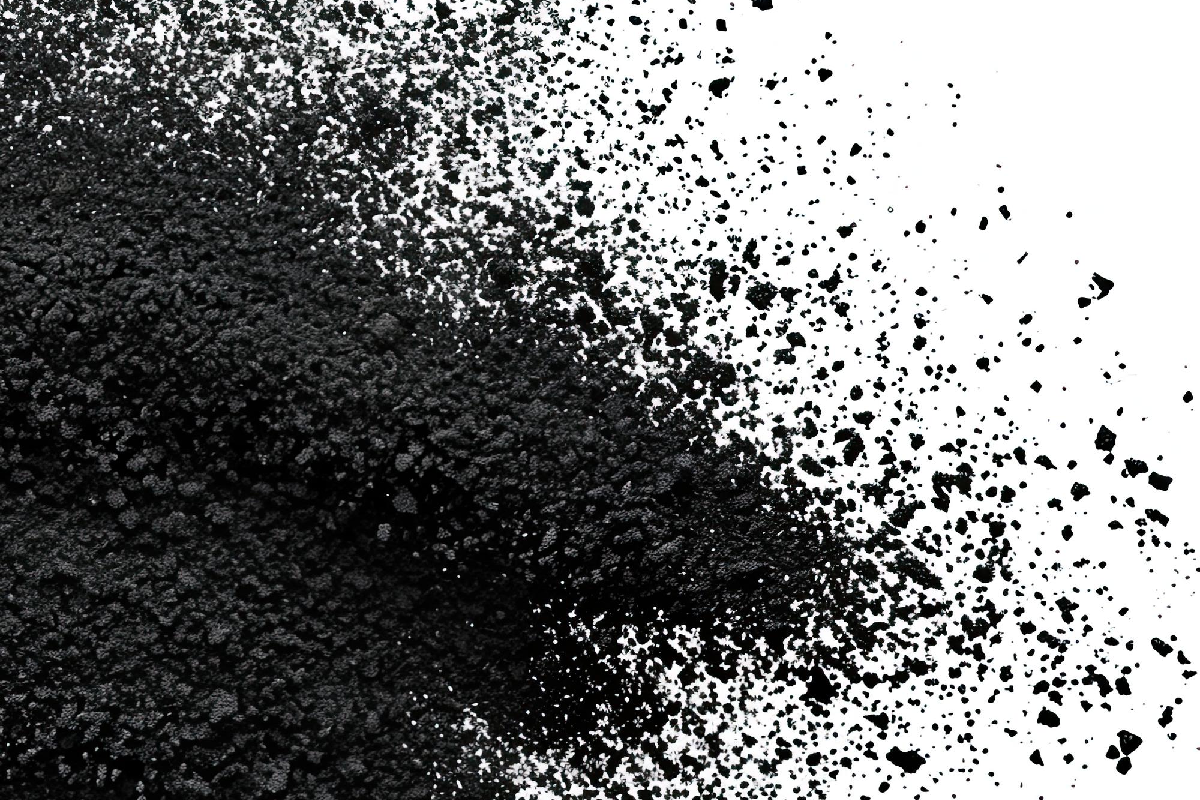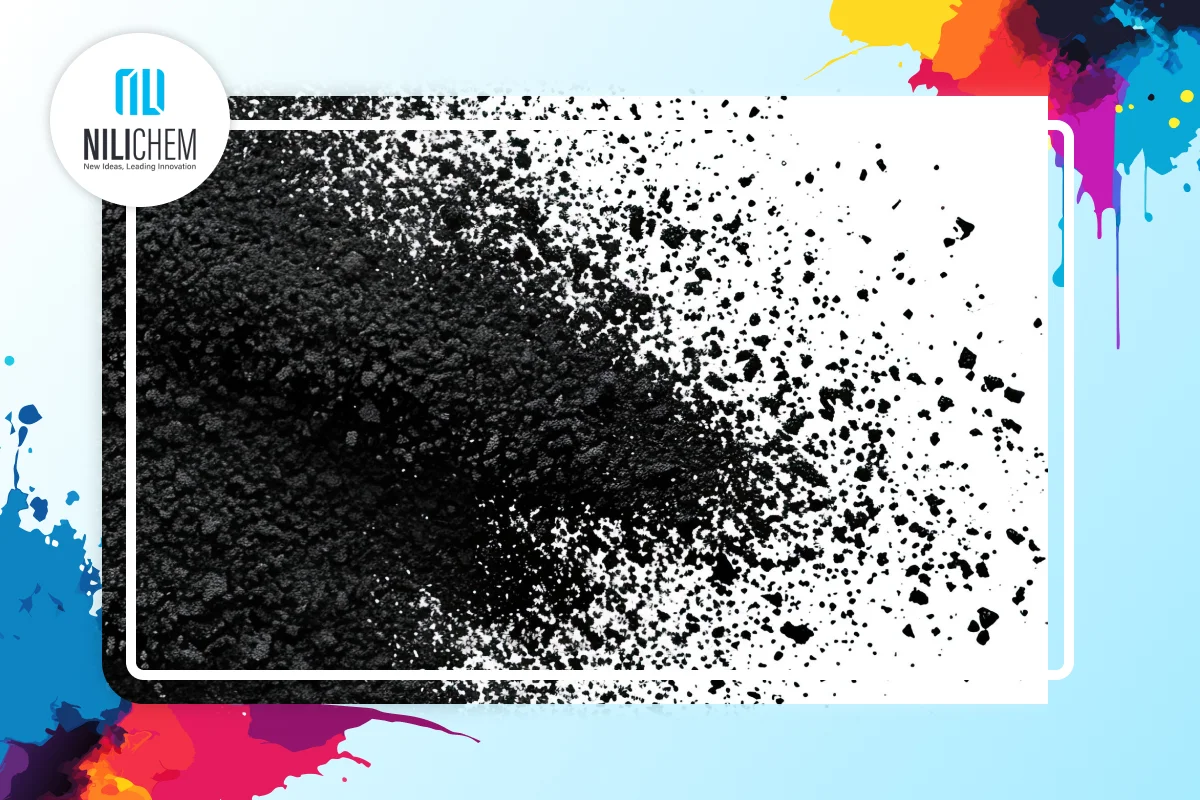The plastics industry is one of the most vital and expansive sectors of modern manufacturing. The color and appearance of plastic products have a direct impact on their visual appeal and, consequently, their ability to attract consumers. Among the various pigments used in this industry, the use of black pigments in plastics holds a special place due to their unique properties. These pigments not only add a sleek and professional look to products but also offer numerous technical advantages. In this article, we will thoroughly examine the reasons why the use of black pigments in plastics is essential and explore the benefits they bring.
What Is a Black Pigment?
Black pigments are compounds that impart black color to plastics. These pigments can be either inorganic or organic, but the most commonly used type in the plastics industry is carbon black. Derived from the incomplete combustion of hydrocarbons, carbon black is widely used due to its unique characteristics, particularly in plastic manufacturing.
One of its most notable features is its high surface area and excellent dispersion in polymer compounds, which improves UV stability, thermal resistance, and the mechanical strength of the final product. These characteristics make black pigments not only decorative elements but also functional additives in plastic formulations.
The Role of Black Pigments in the Plastics Industry

Aesthetic Appeal and Visual Design
One of the key reasons for using black pigments in plastic compounds is the visual and psychological impact of the color black. Black symbolizes power, simplicity, elegance, and modernity. It gives products a sense of luxury and high quality, which is why it is commonly used in industries such as:
– Home appliances
– Automotive interiors
– Consumer electronics
– Premium packaging
Black is a safe and eye-catching choice. It also pairs well with other colors, offering a balanced and professional appearance.
Improved Mechanical and Physical Properties
The application of black pigments, especially carbon black, goes far beyond mere coloration. Its unique structure enhances several physical properties of plastics, including:
– Increased hardness and surface strength
– Resistance to scratches, abrasion, and cracking
– Thermal stability under high temperatures
– Greater toughness and flexibility under stress or impact
As a result, plastics reinforced with black pigments are more durable and suitable for heavy-duty applications.
UV Resistance
One of the major threats to polymer products used outdoors is the damaging effect of ultraviolet (UV) radiation from sunlight. UV rays can break molecular bonds in polymers, leading to brittleness, discoloration, and a shortened product lifespan.
Carbon black acts as a powerful UV shield by absorbing and deflecting these rays. This makes it ideal for use in products such as:
– Water and sewage pipes
– Exterior automotive parts
– Covers and insulating tapes
These applications benefit from significantly improved longevity under direct sunlight.
Electrical Conductivity and Anti-Static Properties
In certain specialized applications, aesthetics and strength alone are not enough. Industries such as:
- Electronic component packaging
- Circuit and chip enclosures
- Medical and laboratory equipment
- Electric vehicle interior parts
require plastics with conductive or anti-static properties to prevent static electricity buildup. This is where carbon black plays a critical role. By selecting the right type and concentration, it’s possible to impart specific electrical properties to plastic materials. This helps avoid sudden and potentially dangerous electrostatic discharges (ESD) and enhances the safety of sensitive devices.
Sources of Black Pigments
Carbon Black
Produced through the partial combustion of oil or natural gas, carbon black features extremely fine particles with a high surface area. Depending on the manufacturing method, it may offer properties such as high surface activity, deep coloration, and electrical conductivity.
Carbon Nanoparticles
For advanced applications, carbon nanotubes and graphene are used as black pigments and functional additives. These materials enhance plastics with exceptional conductivity and mechanical strength.
Organic Black Pigments
Although typically offering lower UV and thermal stability than inorganic types, organic black pigments are used in applications where transparency or lightweight is important.
Widespread Applications of Black Pigments in the Plastics Industry
Automotive Industry
Interior and exterior components such as dashboards, bumpers, light casings, and handles are often made of black plastic due to its heat, scratch, and UV resistance.
Packaging Industry
Black is frequently used in bottles, food containers, caps, and hygienic products. Besides visual appeal, black pigments sometimes serve a protective function by blocking light, especially for light-sensitive contents like pharmaceuticals.
Electronics and Home Appliances
Many electronic devices—TVs, computers, remote controls, and household appliances—are designed in black for their elegant look and compatibility with other colors.
Pipes and Industrial Coatings
Polyethylene pipes used in agriculture and water distribution are often black to provide durability and environmental resistance.
Benefits of Using Black Pigments
- Extended product lifespan
- Enhanced design flexibility and aesthetics
- Resistance to environmental factors
- High thermal and light stability
- Reduced maintenance costs
- Increased hardness and mechanical strength
- Improved recyclability in some cases
Challenges of Using Black Pigments
Recycling and Detectability
A major challenge is the difficulty in identifying black plastics during recycling. Optical sensors in sorting machines struggle to detect black materials, reducing recycling rates.
Cost and Resource Availability
Although carbon black is widely available, its production cost may rise with oil prices. Additionally, its reliance on fossil fuels raises environmental concerns.
Environmental Concerns
Certain types of carbon-based pigments, especially nano-sized particles, may pose environmental risks if released. Ongoing studies aim to better understand their long-term effects.
The Future of Black Pigments in Plastics
With advancing technology, future black pigments are expected to offer better recyclability, higher conductivity, stronger UV protection, and improved eco-friendliness. Efforts are underway to develop renewable, carbon-free black pigments, which could revolutionize the plastics industry.
Ordering Black Pigments from Nilrang
Nilrang, with years of experience in the production and supply of industrial pigments, offers a complete range of high-quality black pigments. From conductive carbon blacks to UV-resistant pigments, Nilrang provides tailored solutions for industries such as plastics, automotive, packaging, and electronics. If you’re looking for durable, high-performance pigments, Nilrang is your trusted partner.
For expert consultation and to order a variety of black pigments, contact Nilrang today.

Conclusion
Black pigments are essential not only for visual appeal but also for enhancing the durability, functionality, and safety of plastic products. Despite challenges such as recyclability and environmental impact, they remain a fundamental component in plastic formulations. As technology evolves and sustainability becomes increasingly important, the future of black pigments in the plastics industry will trend toward smarter, greener, and more efficient solutions.









